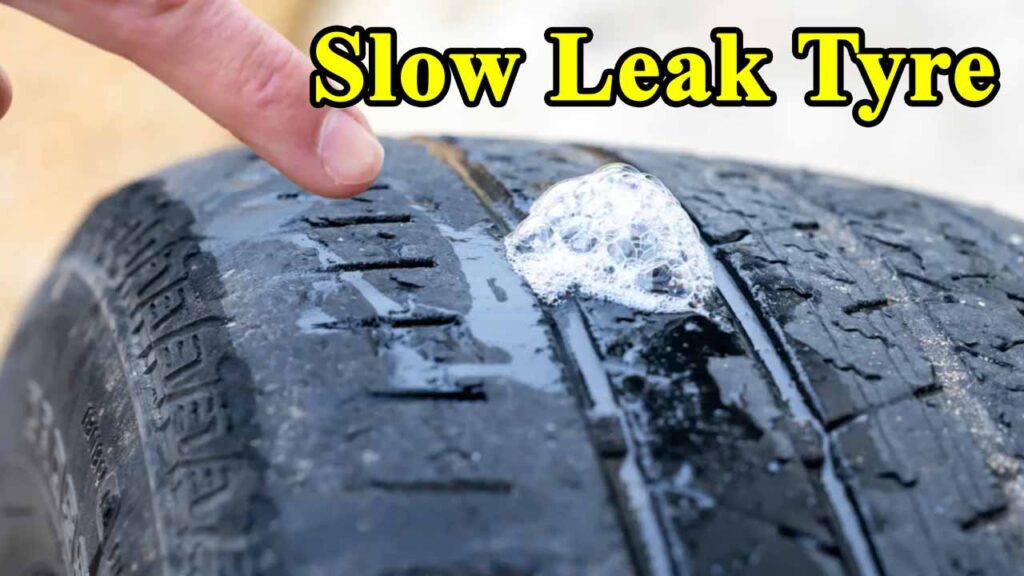When it comes to the heart of a commercial truck, the tires are far more than just round, black rubber. They are the unsung heroes responsible for traction, fuel efficiency, and a safe journey. Among the myriad of options, the 295/75R22.5 drive tire stands out as a workhorse, a staple in the trucking industry. But what makes this specific size so popular, and how do you choose the right one for your fleet? In this comprehensive guide, we’ll peel back the layers on this essential component, offering insights from my years on the road and in the shop.
The Anatomy of a Workhorse: Understanding 295/75R22.5
First, let’s decode the numbers. “295” represents the tire’s width in millimeters. “75” is the aspect ratio, meaning the tire’s height is 75% of its width. “R” stands for radial construction, a standard for modern truck tires, and “22.5” is the rim diameter in inches. The “drive” designation is crucial—these tires are specifically designed for the drive axles of a truck, where the engine’s torque is transmitted to the road. Their tread patterns are engineered to provide maximum grip and propulsion, especially in challenging conditions like rain, snow, or uneven terrain.
Unlocking Performance: A Deep Dive into 225/70R19.5 Tires
Why 295/75R22.5 is the Industry Standard
The prevalence of this tire size isn’t a coincidence. It’s a sweet spot that balances several critical factors. From my own experience, running this size on our fleet of long-haul trucks has proven to be an excellent compromise. The size provides a stable footprint without the excessive weight or rolling resistance of larger tires, yet it offers more load-carrying capacity and durability than smaller options.
This tire size is widely available from almost every major manufacturer, including Michelin, Goodyear, Bridgestone, and Continental. This broad availability translates into competitive pricing and easy access for replacements, whether you’re at a major truck stop or a small-town service center. For an owner-operator or fleet manager, this reliability and accessibility are non-negotiable. It’s also a favorite for fleets operating a mix of regional and long-haul routes due to its versatility.
The Tread Pattern: Your Grip on Reality
The most significant differentiator among 295/75R22.5 drive tires is the tread design. This is where the engineering truly shines. Drive tires can have a variety of patterns, each optimized for a specific application:
- Closed-Shoulder Tread: Ideal for long-haul applications, these tires have a solid shoulder rib that provides stability and even wear, reducing rolling resistance and improving fuel economy. Think of a trucker cruising down a major interstate—this is their tire of choice.
- Open-Shoulder/Lug Tread: Designed for maximum traction, these tires have large, aggressive lugs with wide channels to expel mud, snow, and water. These are the tires you’ll see on trucks operating in harsh winter conditions or on construction sites where off-road capability is a must. From my time hauling lumber in the Pacific Northwest, these aggressive treads were a lifesaver on slick, unpaved roads.
- Combination Tread: A hybrid design that offers a balance of traction and fuel efficiency. These tires might have a closed shoulder for stability on the highway and an open lug pattern in the center for improved grip. This versatility makes them a great all-around option.
How Long Do Tires Last? A Deep Dive into Tire Lifespan
Choosing the Right Tire for Your Fleet
Selecting the right 295/75R22.5 tire is a strategic decision that directly impacts your bottom line. It’s not just about the upfront cost. Here are a few key considerations:
- Application: Are you a long-haul carrier focused on fuel efficiency? A closed-shoulder design is your best bet. Do you run a delivery service in a mountainous region? An open-shoulder lug tire is essential for safety and reliability.
- Load and Speed Ratings: Always ensure the tire’s load index and speed rating are appropriate for your typical loads and operating speeds. Overloading a tire can lead to premature failure and is a significant safety risk.
- Retreadability: For fleets, the ability to retread a tire casing is a major cost-saving measure. Look for tire casings with robust construction, often denoted by the manufacturer as being “retread-friendly” or having a strong casing warranty. My fleet has saved tens of thousands of dollars over the years by systematically retreading our drive tires, extending their life and maximizing our investment.
- Fuel Efficiency: Look for tires with the SmartWay designation, which are verified by the EPA to have low rolling resistance. This can lead to a significant reduction in fuel consumption over the life of the tire, a critical factor with today’s fuel prices.
Conclusion: The Right Tire, The Right Choice
The 295/75R22.5 drive tire is more than just a piece of equipment; it’s a foundational component of a truck’s performance and safety profile. Its popularity is a testament to its versatility and effectiveness across a wide range of applications. By understanding the specifications, the different tread patterns, and how to match a tire to your specific needs, you can make a well-informed decision that improves fuel economy, enhances safety, and ultimately, contributes to the profitability and success of your operation. From my personal experience, paying attention to these details and investing in quality tires is one of the most important things you can do to keep your rig—and your business—running smoothly.




